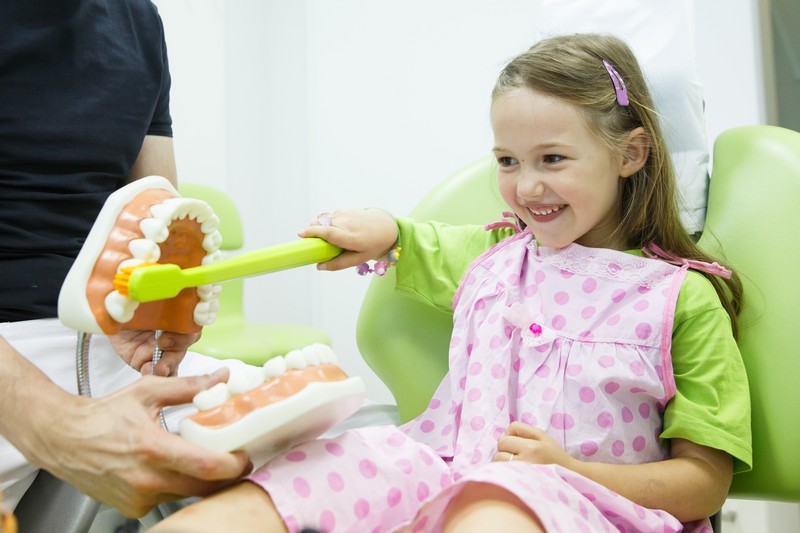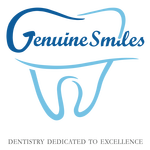 Dealing with the behavior of young, immature and sometimes frightened children as well as those who may be physically or mentally challenged is an area that is unique to pediatric dentistry. It requires an understanding of child psychology, pharmacology and child development mixed with patience, love and discipline. In Pennsylvania, the use of laughing gas and other sedative agents requires both extensive additional education, such as that received by oral surgeons and pediatric dentists, as well as a state licensing procedure. The licensing process involves a team of trained professionals observing the doctors actually sedating patients in their office, as well as certifying that the office itself is equipped with advanced monitoring and emergency equipment and the training and knowledge of how to use it.
Dealing with the behavior of young, immature and sometimes frightened children as well as those who may be physically or mentally challenged is an area that is unique to pediatric dentistry. It requires an understanding of child psychology, pharmacology and child development mixed with patience, love and discipline. In Pennsylvania, the use of laughing gas and other sedative agents requires both extensive additional education, such as that received by oral surgeons and pediatric dentists, as well as a state licensing procedure. The licensing process involves a team of trained professionals observing the doctors actually sedating patients in their office, as well as certifying that the office itself is equipped with advanced monitoring and emergency equipment and the training and knowledge of how to use it.
In our office, we do not sedate every child who needs work done on their teeth. Our goal is to treat the child in the safest, least invasive manner possible as the use of any medication always carries with it some risk of a bad reaction. We make every attempt to use our best judgment in determining which children need some form of sedation. Our decisions on how to treat a child are dictated by what is in the best interest of the child, not what is most convenient for the doctors or the parents/guardians. Please keep this in mind as you visit our office. Our goal is to facilitate a pleasant experience that does not cause your child a lifetime of fearing the dentist. We want to make the dental experience easy for them first, and then, as a secondary goal, as easy for you and us possible. Pediatric dentists are trained in many methods to help children feel comfortable with dental treatment. For example, in the “Tell-Show-Do” technique, a pediatric dentist might name a dental instrument, demonstrate the instrument by using it to count your child’s fingers, and then use the instrument in treatment. The modeling technique pairs a timid child in dental treatment with a cooperative child of similar age. Coaching, distraction, and good old TLC are other possibilities to give your child confidence in dentistry.
But by far the most preferred technique is praise. Every child does something right during a dental visit, and pediatric dentists let children know that. The majority of the time when the non-pharmacological techniques are not successful, all that is needed is some laughing gas (Nitrous Oxide). This involves the child selecting a flavored nosepiece to breathe through, and simply placing the nosepiece on their face. The child is not “put to sleep,” however they do usually feel somewhat “tingly,” and “giggly.” Beyond the use of nitrous oxide/laughing gas, there are several other methods of conscious sedation that can be used. They may be administered either orally in the form of a syrup to drink, or as an injection. The details of these forms of sedation are best discussed with the doctors on your first visit to our office, as there can be additional risks in administering them to a child. Depending upon the level of sedation that is required, your child will be monitored throughout his/her appointment with some combination of a pulse oxymeter (heart rate and oxygen level of the blood), a capnographer (the depth and quality of breathing), a stethoscope, a blood pressure cuff and clinical observation. All of these monitors are used to better assure the safety of your child. A complete array of emergency medications are always in the room with any sedated child and both the doctors and their staff are fully trained in their use
